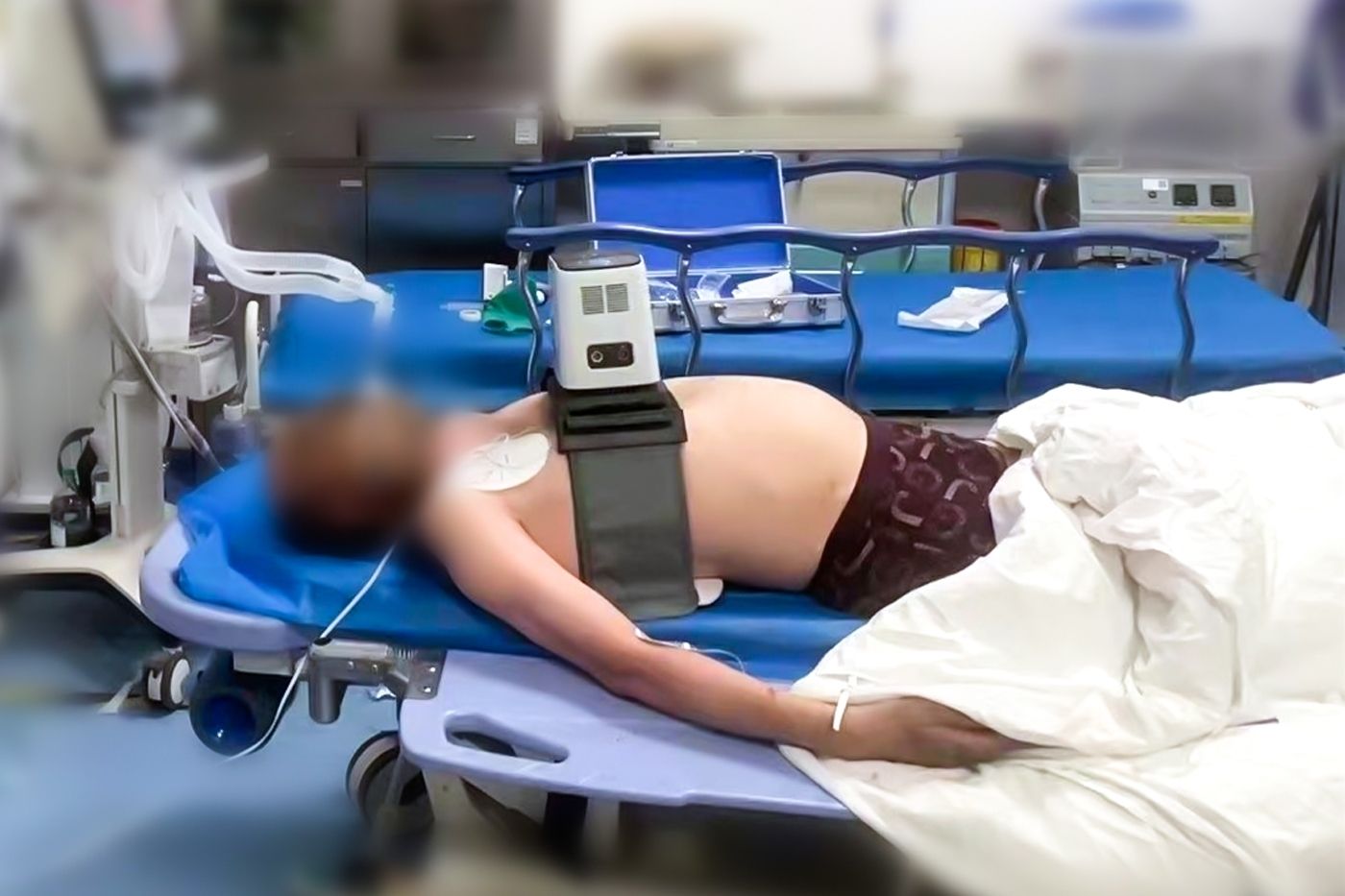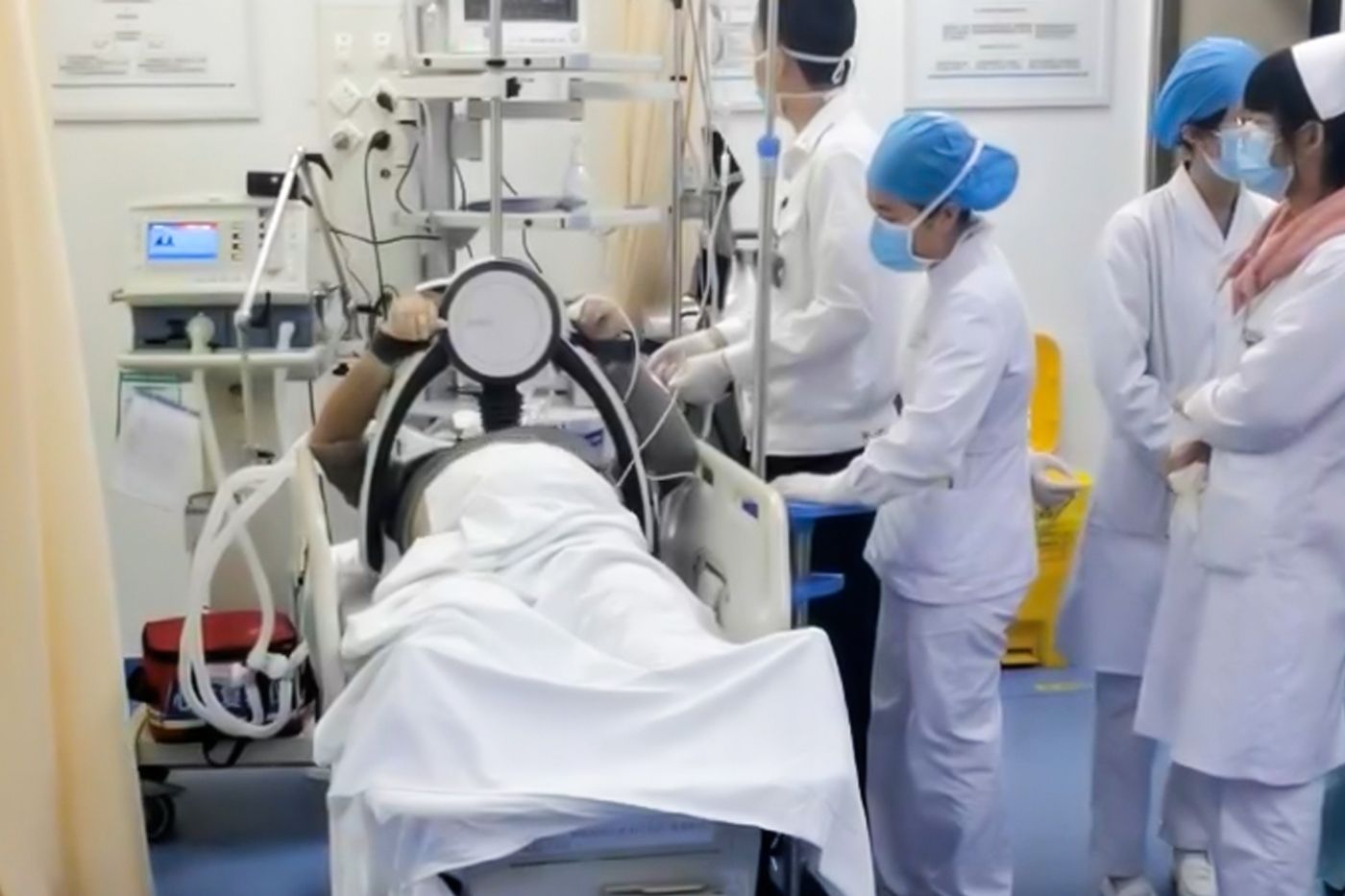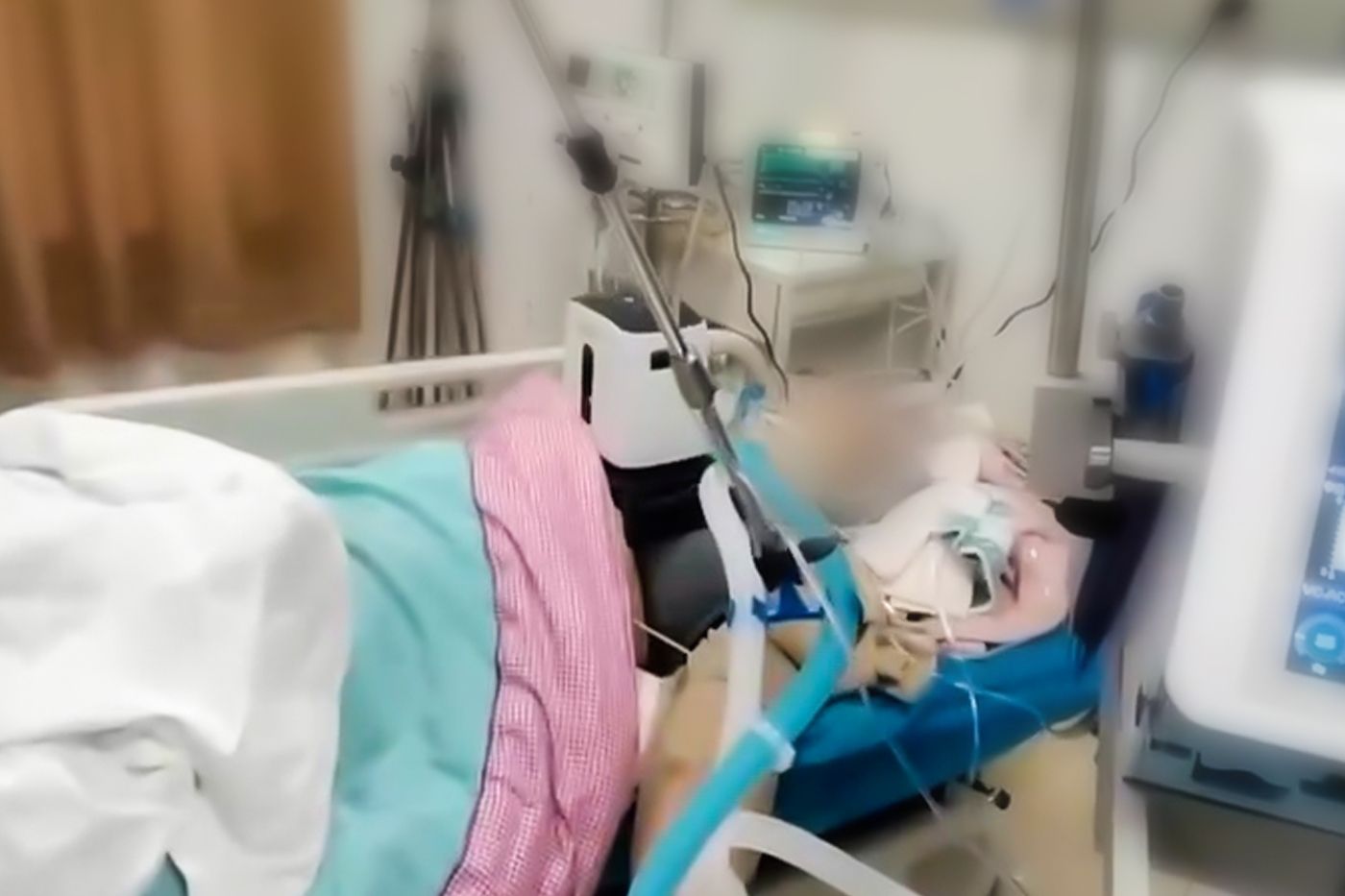

When cardiac arrest occurs, high-quality cardiopulmonary resuscitation is the key to rescue success. However, after prolonged CPR, rescuers are prone to fatigue, leading to a decline in the quality of cardiopulmonary resuscitation.
Amoul® provides comprehensive cardiopulmonary resuscitation solutions that not only accurately control the frequency and depth of compression but also provide efficient, uninterrupted external chest compression to maintain high-quality CPR. Effectively liberate the hands of medical personnel and improve rescue efficiency.
At 21:50, a 29-year-old Fu suddenly became unconscious 30 minutes ago and was sent by his family to a Class III hospital in Hainan for emergency treatment. On the way, the doctor instructed the patient's family members to perform chest compressions by phone. Upon arrival, the patient was without breathing, and his heartbeat and blood pressure could not be measured. The doctor immediately gave continuous chest compression, epinephrine, tracheal intubation, and invasive ventilator-assisted ventilation. After that, a cardiopulmonary resuscitation machine E6 assisted resuscitation, was performed for 23 minutes. The patient regained their autonomous heart rate and was sent to the ICU for follow-up treatment.

Causes of cardiac arrest: subarachnoid hemorrhage, cardiac arrest lasting about 20 minutes.
The rescue process is as follows: before using the equipment, manually press for 25 minutes, press for 23 minutes with a cardiopulmonary resuscitation machine E6, and dynamically adjust the depth of the mechanical press for 50 mm, There is no fracture. During the pressing process: ETCO2 is 18mmHg for one minute, 25mmHg for three minutes, and 30mmHg for 25 minutes, with good follow-up maintenance. Rescue result: The patient recovered from spontaneous breathing.
At 10:40, a 58-year-old Wu was found at the scene of the fire. The patient was unconscious and covered with soot on his head and face. After being rescued by firefighters, he was immediately sent to a hospital for emergency treatment through 120 cardiopulmonary resuscitation compressions. At 10:52 a.m. in the emergency room, the patient was unconscious, without autonomous breathing, with bilateral dilated and fixed pupils, and the pulsation of the great arteries disappeared. The mouth, ear, nose, and throat are covered with a large amount of soot. Immediately intubate the trachea, use a ventilator to assist breathing, and use an automatic cardiopulmonary resuscitation machine to compress the chest. Adrenaline is administered intravenously, and acid and dopamine are administered intravenously. At 11:06, a recovery heart rate of 128 beats per minute and blood pressure of 89/46mmHg occurred. He was transferred to ICU for further respiratory and circulatory support treatment and cerebral resuscitation.

Causes of cardiac arrest: Poisoning, asphyxia, cardiac arrest lasting approximately 30 minutes.
The rescue process is as follows: before using the equipment, manually press for 10 minutes, press for 13 minutes with the cardiopulmonary resuscitation machine E8, and dynamically adjust the mechanical press depth by 50 millimeters. During pressing: ETCO2 20mmHg for one minute, 30mmHg for three minutes, and 45mmHg for thirty minutes. Rescue result: The patient recovered from spontaneous breathing.
At 13:26, 76-year-old Li was found unconscious and unresponsive by his family half an hour ago and was rushed to the emergency room of a Class III hospital by a 120 ambulance. Emergency physical examination: Vital signs cannot be detected, consciousness is lost, the face is pale, great artery pulsation is not palpable, bilateral pupils are dilated and fixed, with a diameter of 5mm, light reflex disappears, bilateral lung breathing sounds are not heard, heart sounds are not heard, the abdomen is soft, limbs are not significantly deformed or bleeding.

Consider preliminary diagnosis: respiratory and cardiac arrest: Cardiogenic heart disease. Continue cardiopulmonary resuscitation immediately, intravenous injection of renal adenosine, and conduct ECG monitoring, the establishment of dual venous channels, sputum aspiration, and pressure boosting. The patient's heart rate recovered at 13:43, and he was transferred to ICU for further rescue and treatment at 14:30.
The rescue process is as follows: before using the equipment, manually press for 1 minute, press for 16 minutes with the cardiopulmonary resuscitation machine E8, and dynamically adjust the mechanical press depth by 50 millimeters. Rescue result: The patient recovered from spontaneous breathing.
In the future, Amoul® will continue to increase its research efforts, adhere to the concept of using technology to win time for life, and contribute to the development of the critical care field.